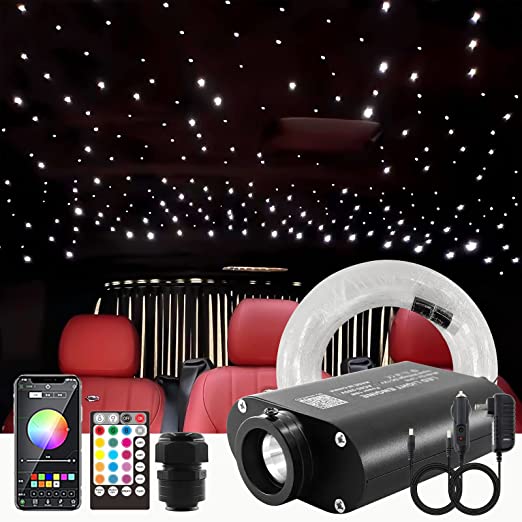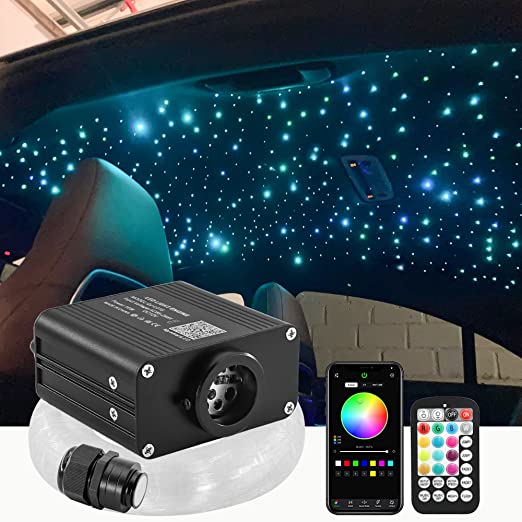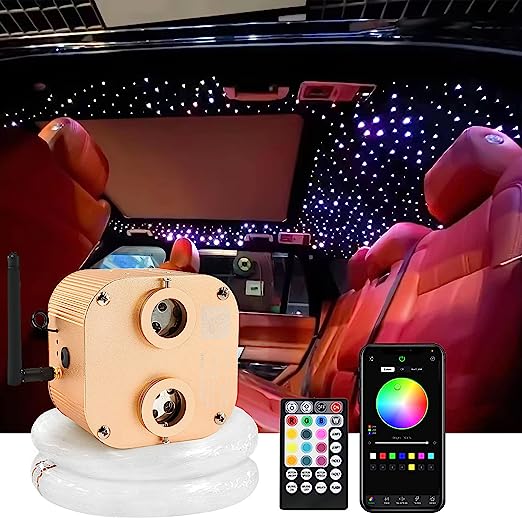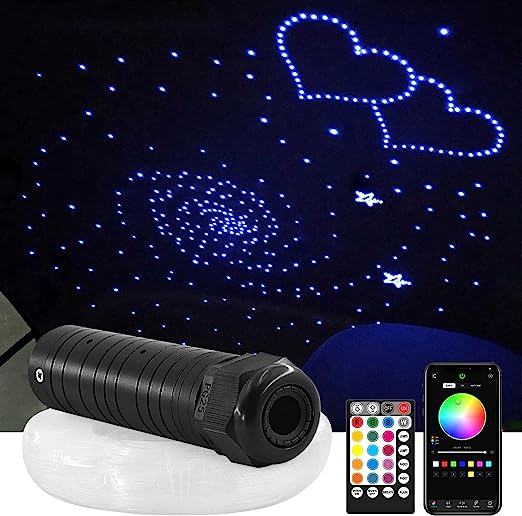Summary: Fiber optic light is an innovative technology that utilizes optical fibers to transmit light signals. In this article, we will dive deep into the world of fiber optic light and explore its applications, benefits, and potential drawbacks.
Introduction to Fiber Optic Light
Fiber optic light is a cutting-edge technology that has revolutionized the world of lighting. Unlike traditional light sources, fiber optic light utilizes optical fibers to transmit light signals. Fiber optic light offers a wide range of benefits, including energy efficiency, flexibility, and durability. However, like any technology, there are potential drawbacks that must be considered before investing in fiber optic lighting systems.
What is Fiber Optic Light?
Fiber optic light, as the name suggests, is a type of lighting technology that uses optical fibers to transmit light. In fiber optic lighting systems, a light source is connected to one end of an optical fiber, and the light signal is transmitted through the fiber to the other end, where it is emitted as light. Fiber optic lighting systems can be used for a variety of applications, from architectural lighting to automotive lighting to medical lighting.
How Does Fiber Optic Light Work?
Fiber optic light works by utilizing the principle of total internal reflection. When light enters an optical fiber, it travels through the core of the fiber, which is made of a material with a higher refractive index than the cladding surrounding it. The light is reflected off the boundary between the core and cladding, which keeps the light signal confined within the core and prevents it from leaking out. As the light travels through the fiber, it can be transmitted over long distances without significant loss of intensity.
History of Fiber Optic Light
The history of fiber optic light can be traced back to the early 19th century, when researchers began exploring the properties of light and its interaction with materials. However, it was not until the 1960s that the first practical fiber optic systems were developed. These early systems were primarily used for telecommunications, but they soon found applications in a wide range of industries.
Benefits of Fiber Optic Light
• Energy Efficiency
• Flexibility
• Durability
• Safety
Fiber optic light offers several benefits over traditional lighting systems. One of the most significant advantages is energy efficiency. Because fiber optic lighting systems use a single light source to illuminate multiple locations, they can be much more energy-efficient than traditional lighting systems. Fiber optic light is also incredibly flexible, as the optical fibers can be shaped and molded to fit any space or design. Additionally, fiber optic lighting systems are highly durable and require minimal maintenance. Finally, because the light source is separated from the optical fibers, fiber optic lighting systems are much safer than traditional lighting systems, as there is no risk of electric shock or fire.





